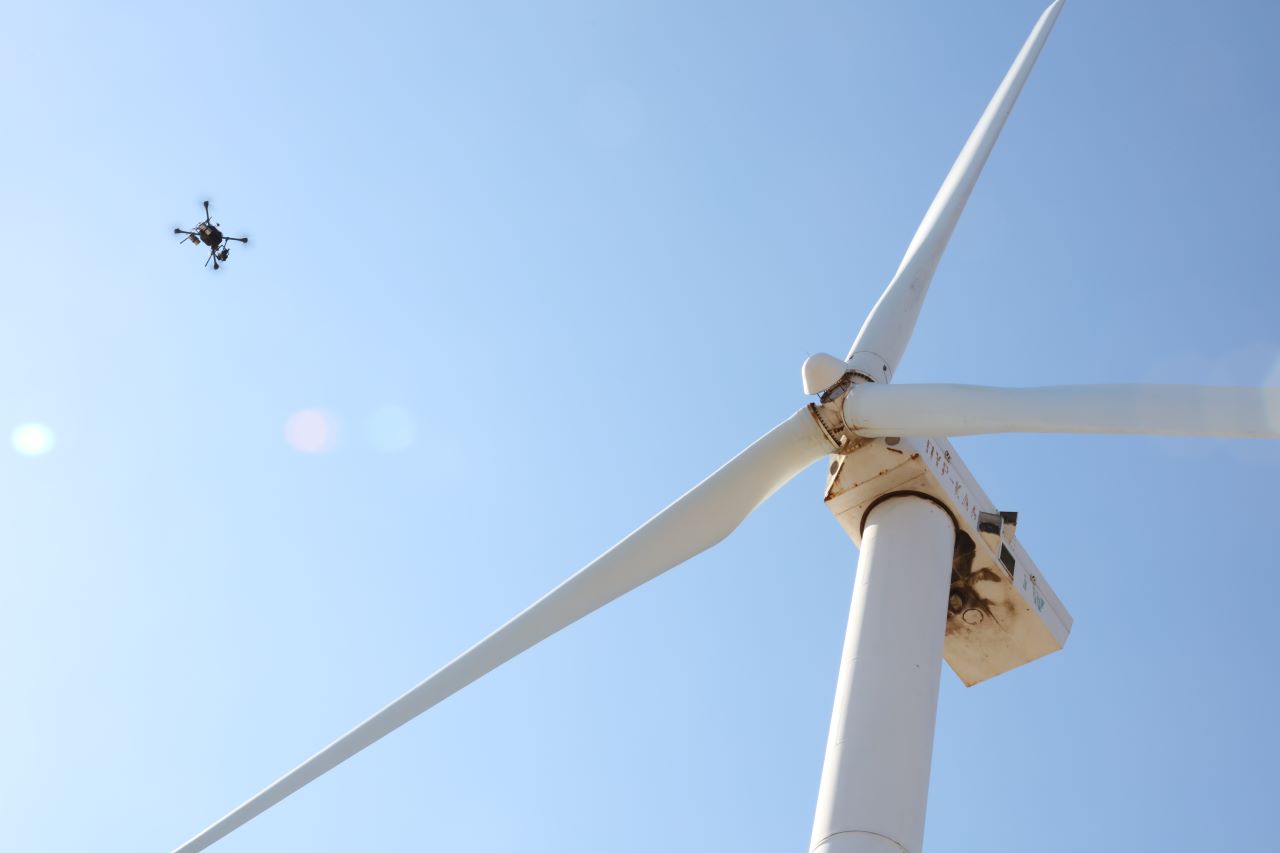A dive into lifetime extension
Over the next few decades, the importance of wind turbines within the power industry is going to be paramount for governments and companies across the globe to reach our ambitious net zero targets. It is the responsibility of everyone involved to make these targets achievable in a SMART way.
There are now thousands of wind turbines installed, most in the best locations for wind energy. However, many of them are coming to an end of their regulatory life but not necessarily an end to their productive life.
Providing we can extend the regulatory term in the wind farm, we can keep benefiting from these excellent locations for wind energy without significant investments both in terms of CAPEX and also in terms of new resources and materials allocated (use sustainably what we have instead of dismantling). To this end, we need to be sure that our existing blades can cope with a lifetime extension beyond the initial planned lifespan and design.
Wind turbine operational readiness and availability to produce power to the grid 24/7 all year round is based on a number of factors over their lifetime:
- Initial Operational Design
- Operational installation/ Maintenance
- Production/Energetic availability
- Designed lifespan of a turbines operations of 20-25 years
- Lifetime Safety guarantees
All five of these points are with a provision that the specified inspection/ maintenance is completed, regular inspections and testing are performed periodically, and faults are rectified with a timely and planned approach.
If one of the above points is not SMART from the offset, we are setting ourselves up to fail.
Then it becomes crucial to assess the state of blades prior to taking a decision on extending the life of the wind farm, as only with all the data and foreseen investments at hand will the decision be an informed one.
A thorough blade inspection is needed. High-resolution images from all sides of the blade allow us to detect any significant damage that can progress in the foreseen life extension or require immediate action or even the replacement of a blade. We need to take into account the different factors that affect a replacement of an old blade, such as:
- Do they still manufacture them? If so, where? If not, can I repair it? How much downtime will be involved?
- Is there crane availability in the area? Have craneage areas been removed after build? At what cost both in time and expenditure?
Based on the data we may end up concluding that, in some cases, a repowering of a wind farm is a much better idea than a life extension, while in others the conclusion may be the opposite.
What our automated inspections can add in value is not only their speed, low cost, and high resolution, but also our Artificial Intelligence, which is sure to detect more damages than usual inspections and therefore provide a more accurate forecast for the future.
Lifetime extension involves much more than just a quick decision. Fortunately, Perceptual Robotics has tools that can help you today to make these decisions on an informed basis.
